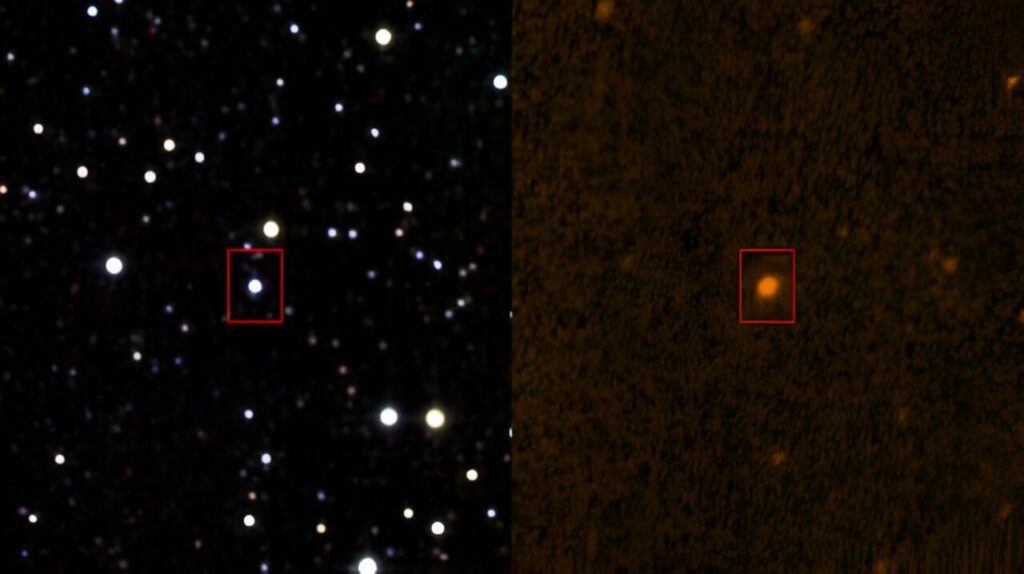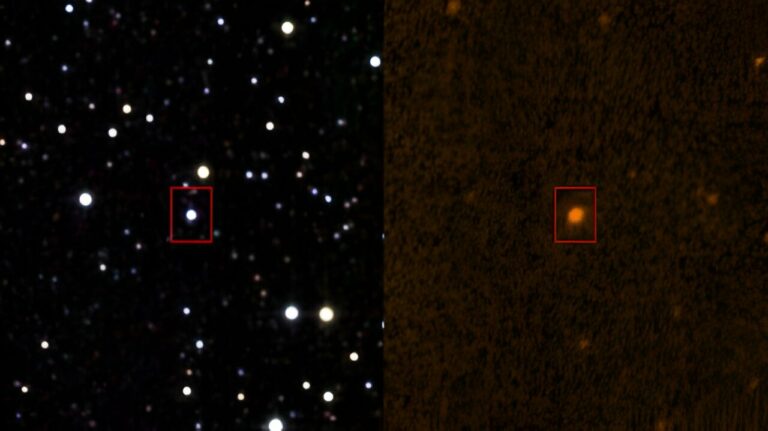Astronomers have identified potential candidates for alien structures known as Dyson spheres, as well as evidence contradicting their existence.
There are several approaches for the search for space technological civilizations, interplanetary databanks. One of them is to inquire about the diagnoses of these civilizations, to look for their targeted efforts, for example in the form of radio signals. Another approach is to search for any clues of their presence here in the solar system. Finally, it would also be interesting to know how far researchers can go to identifying large-scale engineering projects even in extraterrestrial locations.

The third approach has been adopted by a team of astronomers in a recent study who offered a detailed look at the astronomical survey data that has recently been collected. The team’s goal was to find Dyson spheres, which are structures built by extraterrestrial civilizations, for further examination. Their findings have been disclosed in the Monthly Notices of the Royal Astronomical Society journal which is popular and well-renowned.
In this detailed analysis, the author is interested in finding any anomalies within stars and objects that may be an indication of extraterrestrial megastructures. However, the authors of the study do not succumb to the urge of throwing around clichés and hype. Out of these seven discovered objects all located within a distance of one thousand light years from world, all of them belong to the category of stars known as M-dwarfs. Some of these stars are considerably smaller and fainter than even our own Sun in the sky.
Dyson spheres were first introduced by a physicist Freeman Dyson in 1960 as an artificial structure the builders of which use to surround a star and absorb all the light it emits. These hypothetical structures can be described as floating power arrays, factories, and living spaces in which structures grow over time to cover the star in the same way that a sphere covers a sphere.
Dyson’s insight was that these colossal constructs would possess a discernible feature. In the recent study, the team was particularly interested in Dyson’s telltale sign: an excess of infrared emissions. This is because the megastructures would swallow the visible light given off by the star, however, they would not be capable of utilizing all of it. Therefore, they would be required to let go the energy in the form of infrared light but of much larger wavelength.
Unfortunately, this specific type of light may also point to other things including a gas and dust disk or clusters of comets and debris. Nevertheless, the seven potential candidates are not very compatible with the characteristics of a disk, so this is less likely.
It is important to mention that there is another indication of a Dyson sphere: a dimming of light from the star when the megastructure is aligned with the star as viewed from Earth. This signature has been observed previously. Tabby’s star, or KIC 8462852, raised a lot of attention because of the regular and different occasions of fading that could be explained by an alien megastructure.
Nevertheless, it may not have been an alien megastructure after all. Other natural causes have been suggested including the passage of comet clouds through a dust cloud. However, this remains strange. It would be reasonable to study this signature and the seven potential candidates in more detail.
The case against Dyson spheres
However, there is very little evidence of the reality of these Dyson spheres. To some extent, this can be explained by the fact that in my view, the existence of such creatures is quite improbable. This is not to say that they are impossible, but rather that if a civilization were advanced enough to construct such complex structures, it is doubtful that it would require the structures for much of anything, unless it was for pure art.
At the root of Dyson’s decision to call for such megastructures was the extrapolation that any advanced civilization would require unfathomable amounts of power. At about the same period, astronomer Nikolai Kardashev came up with a measure of the Development of Civilization which was mainly pegged on energy use.
This theory seemed possible in the 1960’s period. Considering the historical trend, one may consistently observe that people have always been using more and more power as the technology advanced and the population count rise. Therefore, extrapolation of this trend or projection into the future is always reasonable.
Nonetheless, the global energy demand has steadily risen over the last 50 years but recently or in the last decade it has risen slowly. Furthermore, Dyson and Kardashev equally failed to explain how this huge amount of power would be put into practice. It was easier for them to just assume, fairly logically, that all forms of extraterrestrial intelligence would need it to get around.
However, if we try to imagine the future technologies, we see the tendencies to increase micro- and nanodevices density, the appearing of nanotechnologies, and all this must consume much less power. Almost for all the technologies in the market the performance per watt is increasing continually.
Just a bit of manual arithmetic will prove that to capture 10% of the sunlight at the distance we’re located as a planet away from the sun, we would need a surface area, one billion times that of the Earth. If we could build megastructures with a thickness of only 10km with the help of technology that is far beyond our current level of technological advancement, then even in such a case we would require resources that are equivalent to staking one million Earths to build them.
The first potential weakness remains in the fact that it affirms that our solar system contains no more than roughly 100 Earth masses of solid material. Therefore, if an advanced extraterrestrial civilization wants to build its Dyson Sphere, it’ll have to disassemble all the planets in 10000 planetary systems and then transport it to the star where they want to build it. To elaborate, if they have a specific requirement such as member carbon for the formations, then the sizes of the planetary systems to be dismantled would have to be escalated exponentially. But then again, while it may possibly be well within the capabilities of an advanced alien civilization, it is undoubtedly going to be a hugely challenging endeavor.
Very likely, by the time any civilization gets to the ability to construct the Dyson sphere they would have found in interstellar space exploration that they need yet another source of power if they do need it at all. While it is still unclear to us how such a small planet could be sustained from such a distance, one can guess that any civilization, far superior to ours, would not need a star to provide energy hence they would not have need to ‘use’ one.
Do not forget to share your opinion with us to provide you with the best posts !




0 Comments